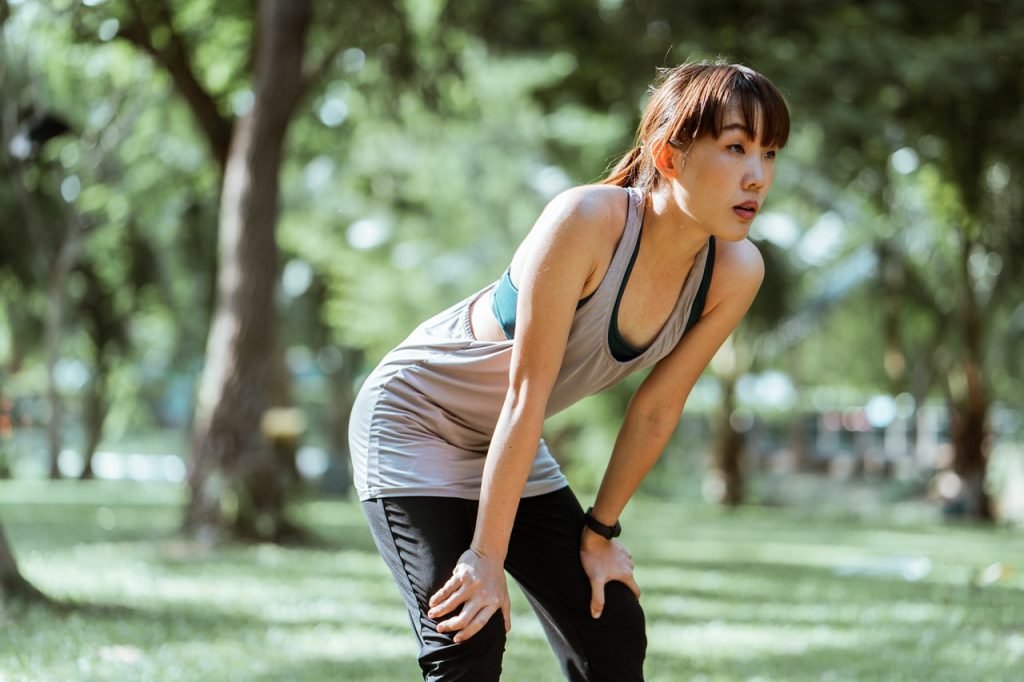Message Boards Showing Highway Death Toll Cause More Crashes

Displaying the highway death toll on message boards (eg, “1669 deaths this year on Texas roads”) is a common awareness campaign, but new research published in Science shows that it actually leads to more crashes.
Their study focuses on Texas, where officials chose to display these messages only one week each month. The researchers compared crash data from before the campaign to after it started as well as examined the weekly differences within each month during the campaign. They found:
- There were more crashes during the week with fatality messaging compared to weeks without.
- Displaying a fatality message caused a 4.5% in crashes in the 10km after the message boards. This increase is comparable to raising the speed limit 5–8kph or reducing highway police by 6–14%, according to previous research.
- The researchers suggest this “in-your-face” messaging approach weighs down drivers’ “cognitive loads,” temporarily impacting their ability to respond to changes in traffic conditions.
“Driving on a busy highway [and] having to navigate lane changes is more cognitively demanding than driving down a straight stretch of empty highway,” said Assistant Professor Joshua Madsen. “People have limited attention. When a driver’s cognitive load is already maxed out, adding on an attention-grabbing, sobering reminder of highway deaths [can] become a dangerous distraction.”
Another finding was that the higher the number in the fatality message, the more harmful the effects. The number of additional crashes each month increased as the death toll accumulated throughout the year, with the most additional crashes occurring in January when the message stated the year’s total. Crashes were also found to increase in areas where drivers experienced higher cognitive loads, such as heavy traffic or driving past multiple message boards.
“The messages also increased the number of multi-vehicle crashes, but not single-vehicle crashes,” said Hall. “This is in line with drivers with increased cognitive loads making smaller errors due to distraction, like drifting out of a lane, rather than driving off the road.”
However, crashes were reduced when the displayed death tolls were low and when the message appeared where the highways were less complex. Madsen said this suggests that at times the messaging was not as taxing on drivers’ attention. However, alternative campaigns should be considered.
“Distracted driving is dangerous driving,” said Madsen. “Perhaps these campaigns can be reimagined to reach drivers in a safer way, such as when they are stopped at an intersection, so that their attention while driving remains focused on the roads.”
Source: University of Minnesota



